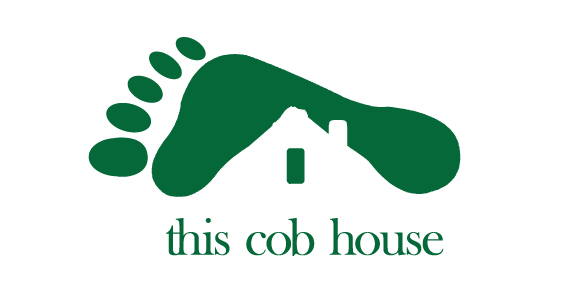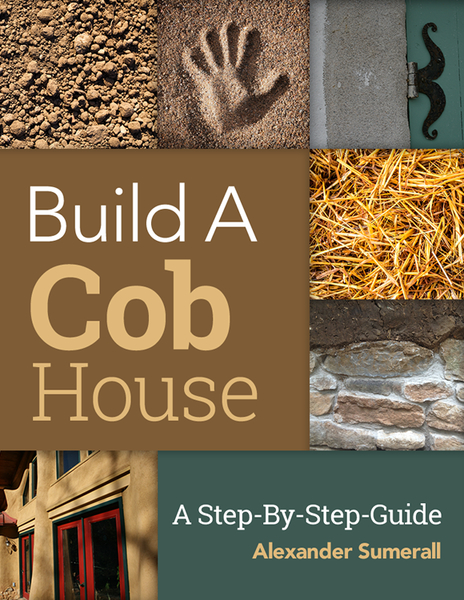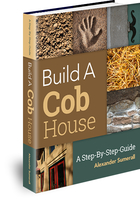Water is essential for life, but when it comes to building with earthen materials and cob homes, water is sort of its main enemy in a way. So a lot of people have a fear of building a cob house and the house melting away because of rain and weathering. One thing I’d like to point out first of all is that cob and earthen materials are much more resilient than you think. Let’s just take cob here for the main example because that’s what we’re focused on. So for example as you build a cob building you can leave that building exposed under the weather, meaning it can get rained on a lot, and in most cases it’s not going to take major damage. And what I like to do is I like to cover the walls with plastic tarps at the end of the day as I’m building just to give it that extra protection. It does protect the walls from slight erosion which can work away at mostly the edges and the corners so I like to cover up the building. But rain is not going to melt your building away. And that’s during construction. So after construction is a completely different story because you have a roof on it and really none of that rain is going to even touch the walls.
So how do you protect a cob building from rain and weathering? Essentially there’s a few basic things. You build your foundation stem wall high. Usually about a foot or foot and a half high up off the ground. This keeps your earthen walls off the ground meaning any water runoff going along the ground is not going to touch you’re your earthen walls and any water splash back is not going to bounce up onto your walls. Having a high stem wall foundation is number one.
Number two obviously is to have a roof and you want to have the roof overhang about two feet over the sides so this will prevent any water from dripping on your walls. If you have heavy winds during a rain storm it’s going to help prevent the rain from hitting the sides of your building so having about a two-foot overhang is good.
The third main thing is to put a render over your cob walls. Normally with cob you put a render, meaning an earthen plaster or a lime plaster. Either one of these is going to help to protect your cob walls. My recommendation is to do a lime render. Lime is much more resilient and requires a lot less maintenance over the years whereas earthen plasters tend to require more maintenance. So lime plasters essentially re-calcify once you apply them and they turn back into limestone. So it’s like having a limestone coating over your building. These are the main ways that you protect a building or an earthen building from water and weathering and erosion. I mostly wanted to dispel this fear or misconception that a cob building is going to melt away, but this is totally false and erroneous.



